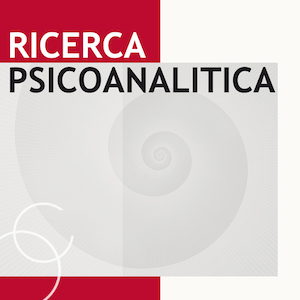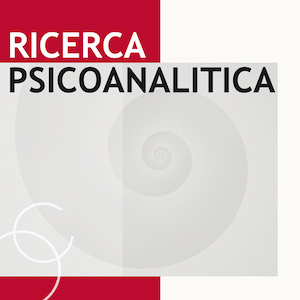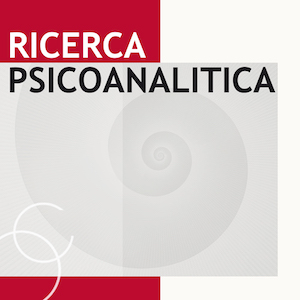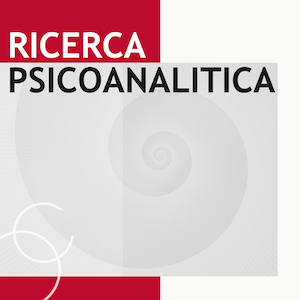Focus: In dialogo con le neuroscienze
V. 36 N. 1 (2025)
Psicoterapia e plasticità cognitiva e neuronale. Cervello sociale e disturbo post-traumatico da stress. Note a L’interprete di M. Gazzaniga
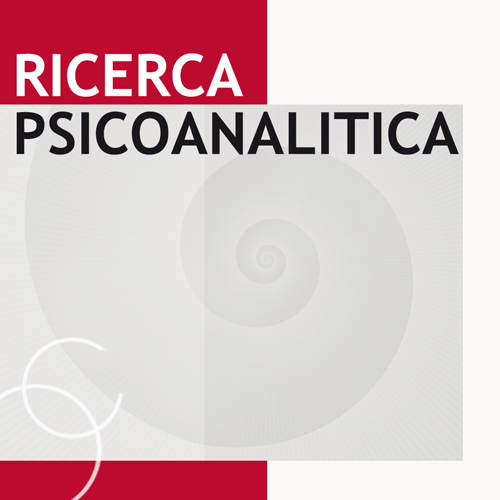
Publisher's note
All claims expressed in this article are solely those of the authors and do not necessarily represent those of their affiliated organizations, or those of the publisher, the editors and the reviewers. Any product that may be evaluated in this article or claim that may be made by its manufacturer is not guaranteed or endorsed by the publisher.
All claims expressed in this article are solely those of the authors and do not necessarily represent those of their affiliated organizations, or those of the publisher, the editors and the reviewers. Any product that may be evaluated in this article or claim that may be made by its manufacturer is not guaranteed or endorsed by the publisher.
##plugins.generic.dates.received##: 25 ottobre 2023
##plugins.generic.dates.accepted##: 8 gennaio 2024
##plugins.generic.dates.accepted##: 8 gennaio 2024
985
Visite
856
Downloads








